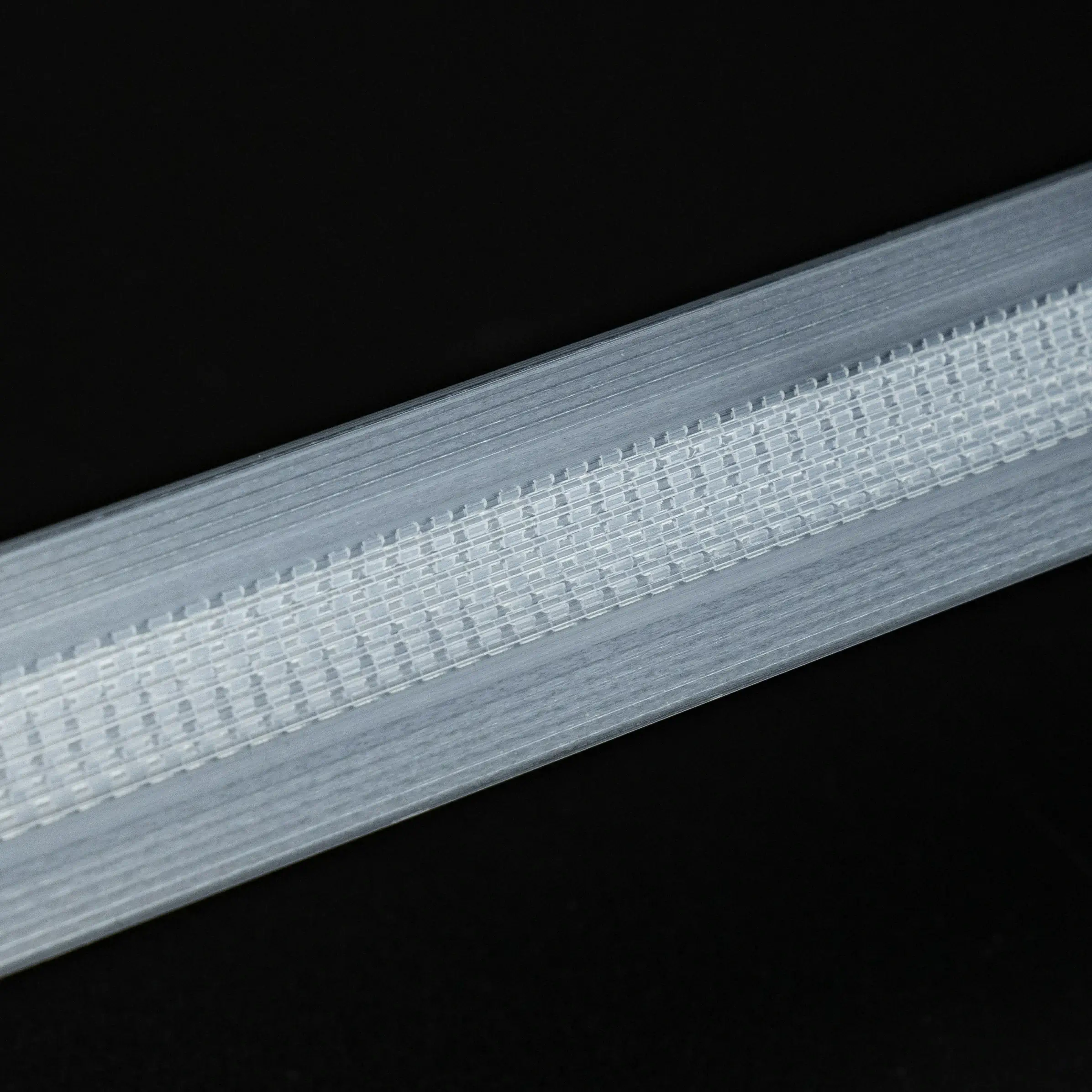Preventing cross-contamination between different polyethylene (PE) zipper products is crucial to maintain product quality, adhere to safety standards, and meet regulatory requirements. Cross-contamination can occur during manufacturing, storage, or transportation processes.
Here are key measures typically taken to prevent cross-contamination between different PE zipper products:
- Separate Production Lines:
- Utilize dedicated production lines for different types or grades of PE zipper products. Separating production lines helps minimize the risk of cross-contamination by ensuring that each line is dedicated to a specific product or product category.
- Color-Coding or Labeling:
- Implement a color-coding or labeling system to visually distinguish between different PE zipper products. Clearly marked containers, packaging, or equipment help prevent mix-ups and ensure that products are correctly identified throughout the production process.
- Cleaning and Sanitization Procedures:
- Establish rigorous cleaning and sanitization procedures for equipment, machinery, and production areas between production runs. Thorough cleaning helps eliminate any residue or traces of the previous product, reducing the risk of cross-contamination.
- Employee Training:
- Provide comprehensive training to production staff regarding the importance of preventing cross-contamination. Employees should be aware of proper cleaning procedures, the significance of following protocols, and the potential consequences of mixing different PE zipper products.
- Changeover Protocols:
- Develop and implement standardized changeover protocols when transitioning from the production of one PE zipper product to another. This may include specific steps for cleaning, inspection, and verification to ensure that the transition is complete and contamination is avoided.
- Segregation of Raw Materials:
- Store raw materials, including different grades or types of PE, in separate designated areas. Strict segregation of raw materials minimizes the risk of accidental mix-ups and ensures that the correct materials are used for each product.
- Batch and Lot Control:
- Implement batch and lot control systems to track and trace each production batch. This facilitates quick identification and isolation of specific batches in the event of a quality or contamination concern. Proper documentation is essential for traceability.
- Use of Dedicated Tools and Equipment:
- Assign dedicated tools, molds, and equipment for specific PE zipper products. This reduces the likelihood of cross-contamination through shared equipment. Regular maintenance and inspection of dedicated tools ensure their effectiveness.
- Quality Control Checks:
- Integrate quality control checks throughout the production process to detect any deviations or abnormalities that may indicate cross-contamination. PE zipper This includes visual inspections, measurements, and testing procedures tailored to each product’s specifications.
- Restricted Access Areas:
- Implement restricted access areas for specific production lines or products. Limiting access to authorized personnel helps control and monitor activities, reducing the risk of inadvertent mix-ups between different PE zipper products.
- Verification and Auditing:
- Conduct regular verification and auditing processes to ensure compliance with protocols and procedures. Internal and external audits can identify areas for improvement and confirm that measures to prevent cross-contamination are being effectively implemented.
- Strict Packaging Protocols:
- Follow strict protocols for packaging materials, ensuring that packaging is specifically designated for each type of PE zipper product. This includes using distinct packaging materials, labels, and storage locations for different products.
- Environmental Controls:
- Implement environmental controls, such as air filtration systems, to minimize the risk of airborne contaminants that could lead to cross-contamination. Controlling the production environment contributes to maintaining product integrity.
- Supplier Control and Qualification:
- Implement stringent controls and qualification processes for suppliers of raw materials and components. Ensure that suppliers adhere to quality standards and provide materials that meet specified criteria, reducing the risk of contamination at the source.
- Emergency Response Plan:
- Develop an emergency response plan in case of unexpected events or incidents that may lead to cross-contamination. Having a well-defined plan helps mitigate the impact and facilitates a rapid and effective response.
By implementing these measures collectively, manufacturers can significantly reduce the risk of cross-contamination between different PE zipper products, ensuring the integrity, safety, and quality of each product throughout the production process. Regular monitoring, training, and continuous improvement efforts contribute to the effectiveness of these preventive measures.

Comments